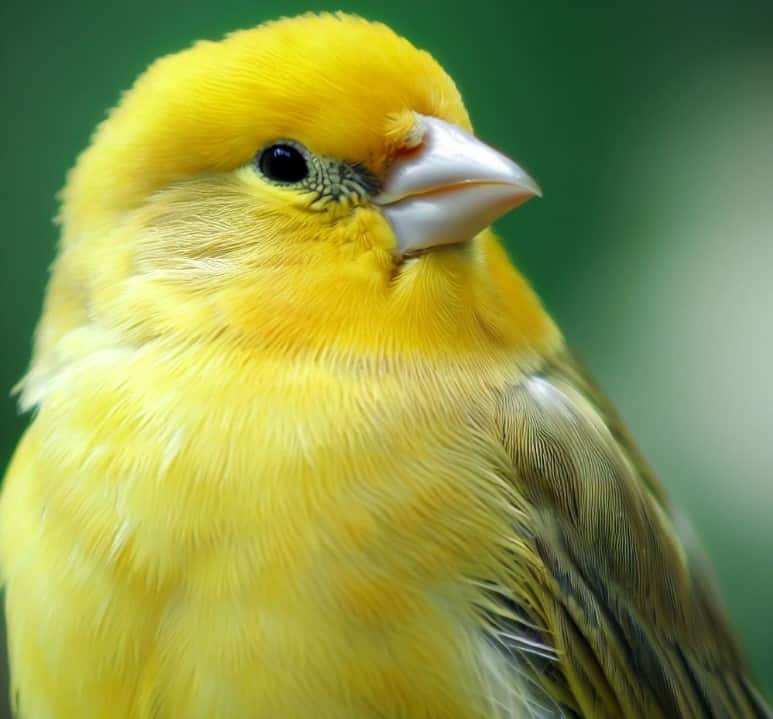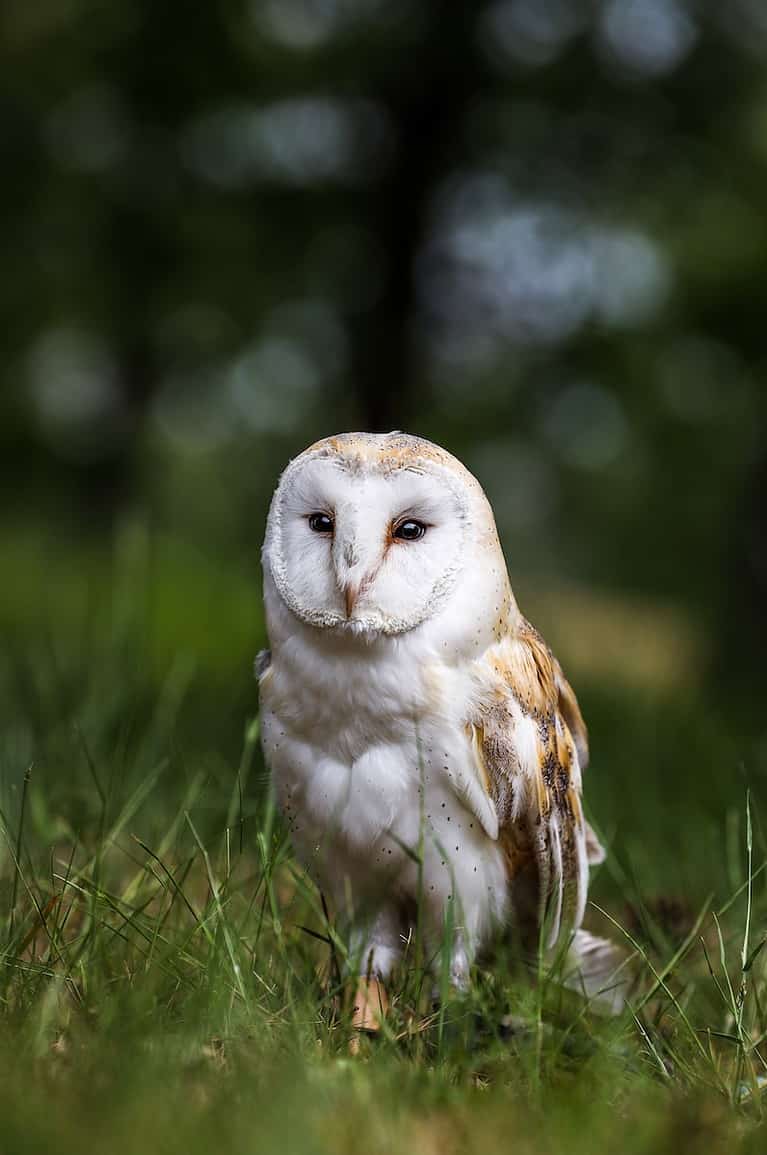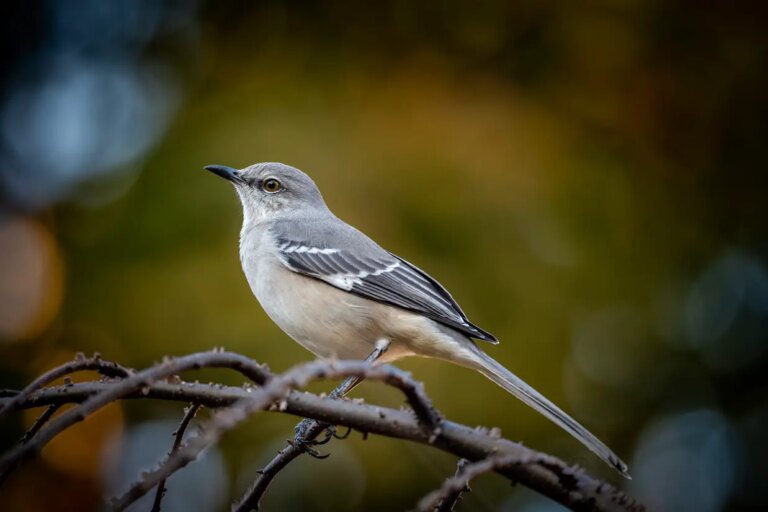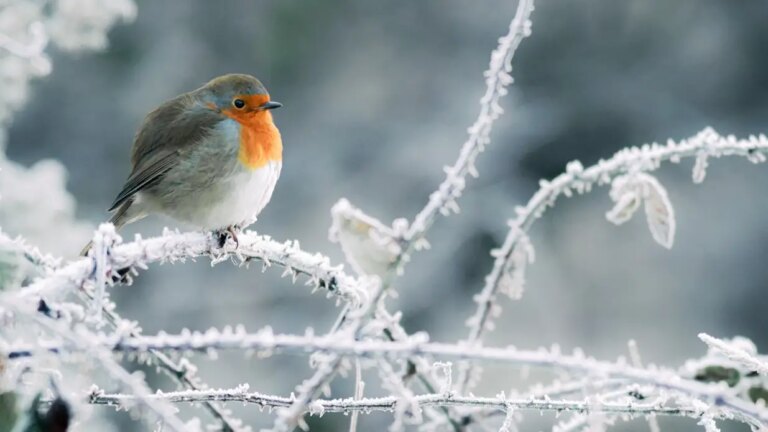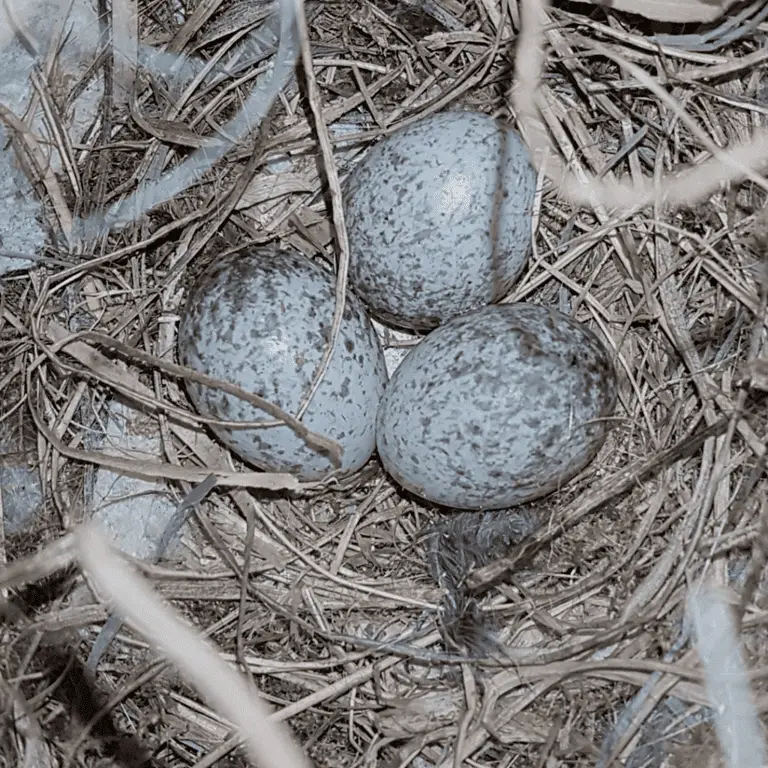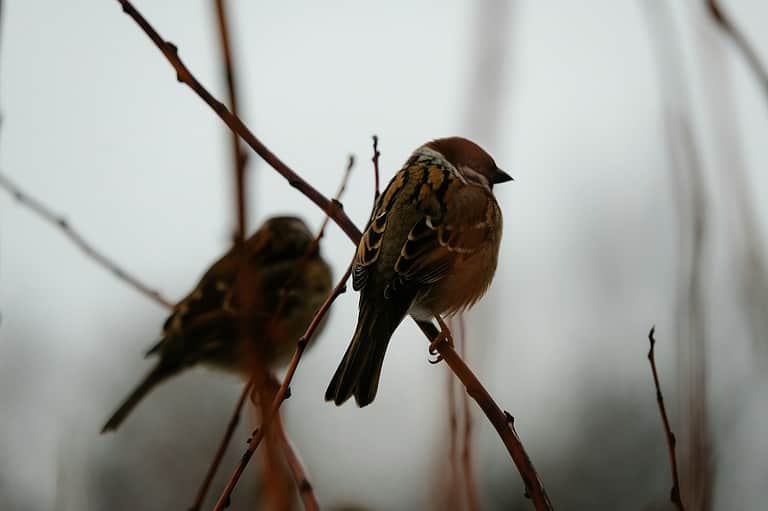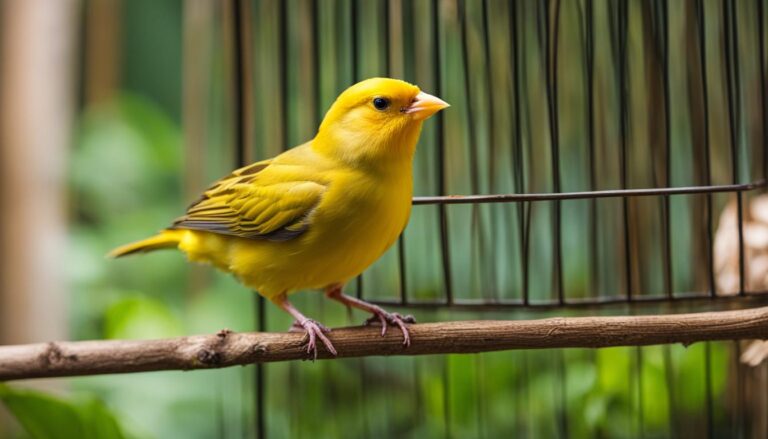Russian Canary
The Russian Canary is a Russian singing canary not recognized in competition by the C.O.M.
Origins and History
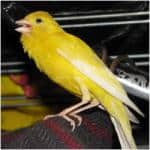
The origins of the Russian singing canary are very ancient and date back to the early 1700s, when some Tyrolean nightingale canaries were introduced to Russia [1].
The Russians immediately fell in love with these new canaries and began to select them based on their own tastes, improving their own and making them assimilate the song of sylvan species from their environments [2].
Already in the early 1900s, singing competitions for these canaries were organized in Russia, in Pavlovo-on-Oka, Nizhniy Novgorod and St. Petersburg, enjoying considerable success [3].
Today it is a very widespread canary in Russia and is also spreading to North America, while it is little known in the rest of the world [4].
Physical Characteristics
The Russian Canary has the following physical characteristics that distinguish it from other canary breeds [5]:
- Size: Medium-sized, between 11-13 cm in length
- Plumage: Feathering is fuller and longer than common canaries
- Coloration: Come in all colors, but yellow and orange shades are most common
- Beak: Pointed and cone-shaped
- Tail: Long and broad
- Legs: Sturdy
- Crest: No crest
Males and females look very similar, with no major differences in their physical features. The only way to distinguish gender is through their singing ability, as only males sing melodious tunes [6].
Temperament
The Russian Canary is known for its gentle, docile nature and lively antics [7]. Key temperament traits include:
- Playful
- Intelligent
- Easy to tame
- Loves to sing
- Thrives in captivity
- Tolerates cold weather well
They form strong bonds with their owners and enjoy interacting frequently. Their singing tends to be happiest when they receive frequent attention.
Proper training from a young age is important for shaping their melodious singing abilities. With patient and consistent training, these canaries can learn quite complex songs and melodies.
Care and Maintenance
Caring for Russian Canaries requires providing for the following basic needs [8]:
Housing:
- Cage size: Minimum 18 x 18 x 18 inches for one canary
- Bar spacing: 1/2 to 3/4 inches
- Perches: Two or more perches of varying widths
Diet:
- Fortified canary seed mix
- Vegetables and fruits like lettuce, apples, oranges
- Egg food and sprouts 2-3 times per week
- Clean drinking water always available
Grooming and Cleaning:
- Trim overgrown beaks and nails
- Discard food and droppings from cage daily
- Thoroughly clean cage at least once a week
Bathing:
- Provide bird bath 2-3 times a week
- Spray mister for bathing daily
Socialization:
- Frequent interaction and attention
- Provide toys and activities in cage
- Monitor for signs of stress or isolation
With proper care, Russian Canaries can live 5-10 years in captivity. Providing a varied diet, clean environment, attention, and room to engage in natural behaviors are key to their health and happiness.
Training and Singing
The Russian Canary is prized for its unique and intricate singing abilities. But their special songs don’t develop on their own – they require dedicated training and practice [9].
Tips for training a Russian Canary to sing include:
- Start young – Begin handling and training at 4-6 weeks old
- Establish trust – Bond with your canary through hand feeding and positive interactions
- Schedule training – Daily 15-30 minute training sessions
- Use recordings – Play recordings of desired songs to teach tunes
- Reward progress – Praise and treat your canary when they mimic a phrase correctly
- Be patient – Complex tunes can take months of repetition to master
- Watch body language – Stop if your canary shows signs of fatigue or stress
- Perform often – Give your canary opportunities to show off their skills!
With time, the proper technique, and an innate musical talent, a Russian Canary can master a wide repertoire of songs, whistles, and chirps that will delight any listener. Their vocal skills have captivated people for centuries across their native Russia.
Breeding
Russian Canaries can be bred by experienced aviculturalists looking to produce more of these prized songbirds. Here are some tips for breeding success [10]:
- Select a unrelated pair with good health, temperament and singing ability.
- Provide a roomy breeding cage, nest box and nesting materials.
- Feed a fortified diet high in proteins and vitamins.
- Limit artificial light to stimulate breeding condition.
- Watch for signs of breeding readiness like vocalizing, nesting behaviors.
- Allow the pair to bond and build a nest together.
- The female will lay 3-5 eggs and incubate them for 13-14 days.
- Remove the male after eggs are laid to prevent fighting.
- Provide extra food for the nesting female.
- Once hatched, both parents will feed the chicks.
- Young fledge the nest at 3-4 weeks old.
- Leave fledglings with parents another week for feeding.
- Then young can be removed for training and sale.
With diligent care and a little luck, a mated pair can successfully raise multiple broods a year. Separating the chicks by gender at 5-6 weeks helps prevent interbreeding.
Buying a Russian Canary
Russian Canaries have become more available in recent years outside of Russia, but they still may require some searching to find a breeder. Here are some tips for selecting your bird:
- Find an experienced breeder with healthy, well-socialized birds.
- Look for signs of good health – bright eyes, full feathers, active.
- Choose based on temperament rather than color/markings.
- Prioritize birds raised in cages vs. aviaries for tameness.
- Select young birds around 3 months old for training.
- Plan to pay $50 to over $200+ depending on rarity, song quality.
- Prepare proper housing and accessories ahead of your canary’s arrival.
- Quarantine new birds a few weeks before introducing to other pets.
With their charming songs and melodies, the Russian Canary promises to be a delightful companion. Do your research to locate a breeder and prepare to welcome one of these wonderful songbirds into your home.
References:
[1] Wikeley, J.,2021. The History of Canaries. The Spruce Pets. https://www.thespruce.com/the-history-of-canaries-387254
[2] Feathered World, 2017. History of the Russian Canary. https://www.featheredworld.com/blog/history-of-the-russian-canary/
[3] Rouse, D., 2022. Russian Canary History and Care. The Spruce Pets. https://www.thespruce.com/russian-canary-history-and-care-5217428
[4] Avian Genetics, 2022. Russian Canaries. https://aviangenetics.com/species/canary/russian-canary/
[5] Eaton, M. and D. Carter. 2022. Russian Canary – Complete Breed Profile. The Happy Chicken Coop. https://www.thehappychickencoop.com/russian-canary/
[6] Feathered World, 2017.
[7] Roudybush, 2022. Russian Canaries Personality and Care. https://www.roudybush.com/index.php/russian-canary/
[8] Carter, J., 2022. How to Care for a Russian Canary. The Spruce Pets. https://www.thespruce.com/how-to-care-for-a-russian-canary-5209342
[9] Turner, J., 2021. How to Train Your Russian Canary to Sing. Russian Canary. https://russiancanary.com/how-to-train-your-russian-canary-to-sing/
[10] Roudybush, 2022.

